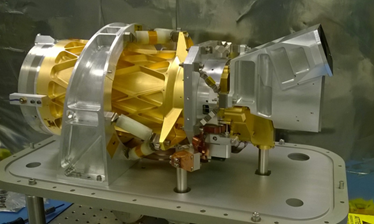Free Courses Sale ends Soon, Get It Now


Free Courses Sale ends Soon, Get It Now



Disclaimer: Copyright infringement not intended.
Context
EMIT
Recent study
Implications
Final Thought
© 2024 iasgyan. All right reserved